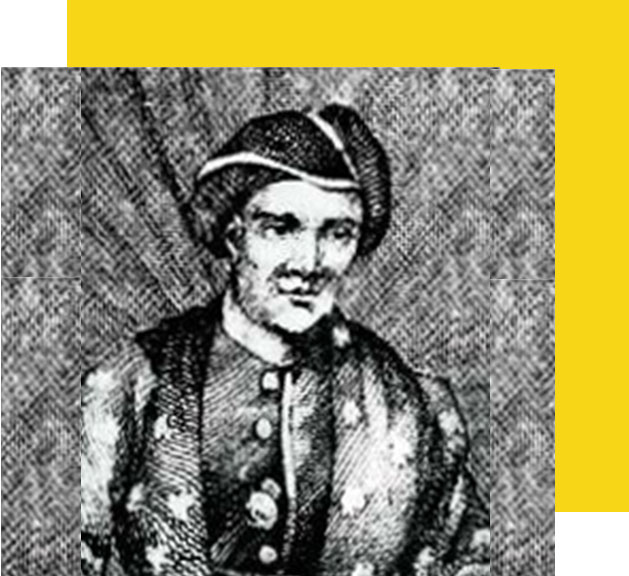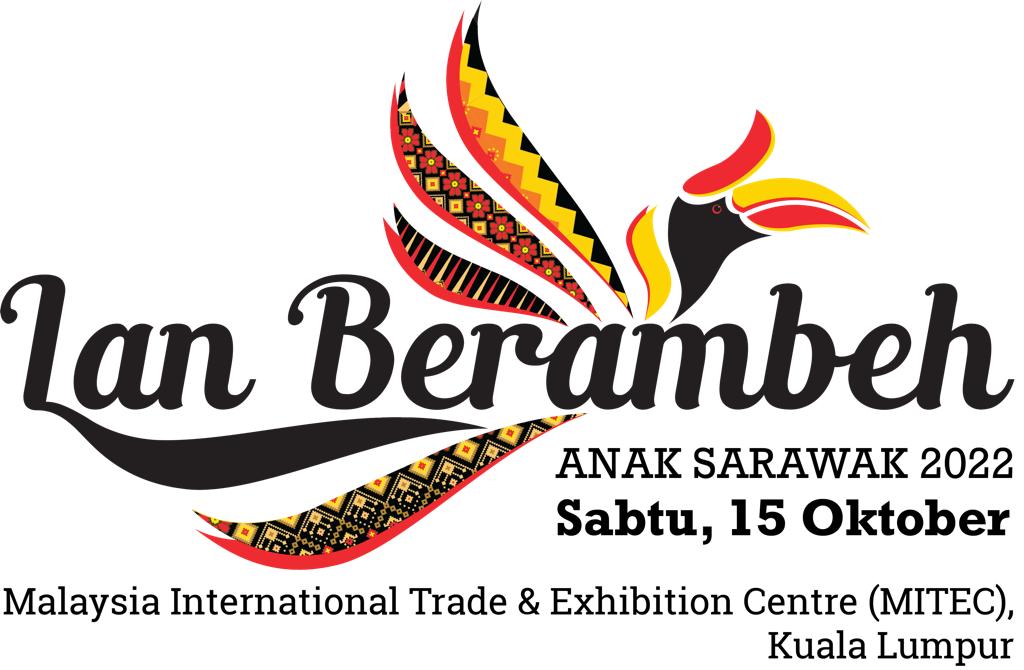| AJAX Error Sorry, failed to load required information. Please contact your system administrator. |
|
|
| Close | ||
| Loading..... |
Sarawak Before 1841
The eastern seaboard of Borneo was charted, though not settled, by the Portuguese in the early 16th century. The area of Sarawak was known to Portuguese cartographers as Cerava, and by the early 19th century, Sarawak had become a loosely governed territory under the control of the Brunei Sultanate.
Sarawak, 1598
According to the Salasilah Raja-Raja Brunei, the Pengiran Muda Tengah Ibrahim Ali Omar Shah, better known as Raja Tengah, accepted the offer by his elder brother, the Sultan of Brunei, to be the Sultan of Sarawak in 1598. He brought along 1,000 warriors and a coterie of nobilities to help him administer the new country.
In 1599, while returning from Pahang, Sultan Tengah’s storm-lashed ship ran aground in Sukadana in West Kalimantan, Indonesia. He stayed and married there. On his return to Sarawak, he was killed by one of his followers at present day Kampung Batu Buaya in Santubong.
At the beginning of the 19th century, Brunei’s Sultan, Omar Ali Saif-Udin sent Pangiran Mahkota to Kuching to be the Governor of Sarawak. In 1836, the Malays and Land Dayaks (now known as the Bidayuhs) of the Sarawak River basin revolted and proclaimed their independence from Brunei.

The Sultan sent his uncle, Raja Muda Hashim, the Bendahara of Brunei, to put down the rebellion. However, it was unsuccessful as Pangiran Mahkota’s earlier appointment as the Governor was not withdrawn, resulting in a chaotic authority. At the same time, the rebellion led by Datu Patinggi Ali against the Brunei levies under Mahkota escalated. It was at the height of this unrest that a British adventurer and an exsoldier James Brooke first arrived in Kuching in 1839.
State Secretary
Sarawak State Secretary Office,
Level 20 , Wisma Bapa Malaysia
Petra Jaya, 93502 Kuching
Tel :082-441957
Fax :082-441677
Email: 555999@sarawak.gov.my
Copyright © 2018-2024 Sarawak Government. All rights reserved
Disclaimer: The Government of Sarawak shall not be liable for any loss or damage caused by the usage of any information obtained from this portal. Services provided through this portal are subject to the terms and conditions of the respective providers
Best viewed with latest Firefox and latest Google Chrome in 1024 x 768 screen resolution.
No. of visitors 10708115


